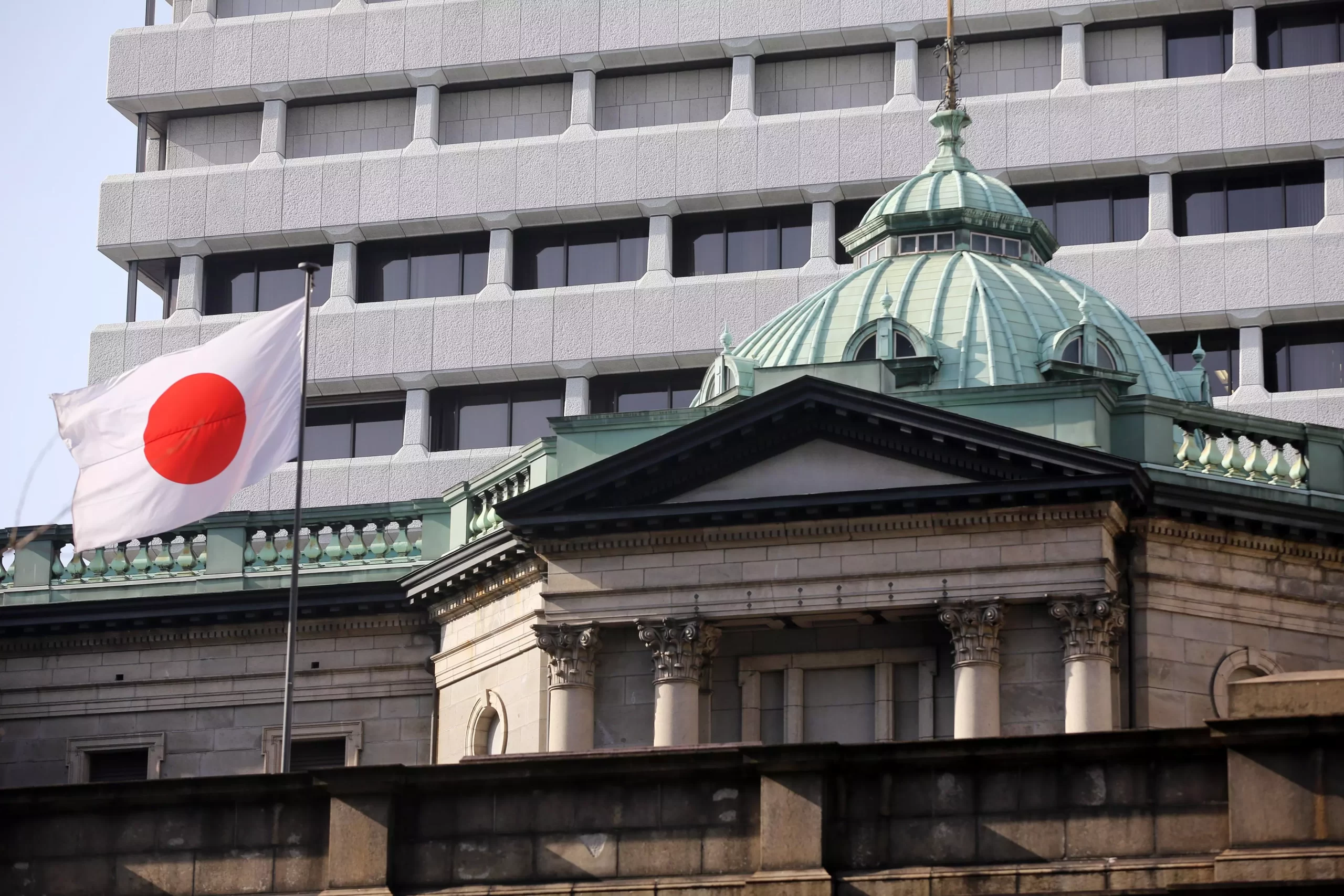Japan’s Financial Crisis: Perfect Storm in The Land of Tsunamis

The Bank of Japan (BOJ) is teetering on the edge of a financial abyss. As of March 31, 2025, it holds YEN 575.9 trillion (USD 3.97 trillion) in Japanese Government Bonds (JGBs), representing 52 percent of Japan’s total public debt.
For years, its massive bond-buying program — part of an ultra-loose monetary policy — flooded the economy with liquidity, keeping yields near zero to stimulate growth. By purchasing JGBs, the BOJ artificially lowered borrowing costs, enabling businesses and consumers to borrow and spend. Yet this house of cards may collapse this year under the weight of rising interest rates.

The fallout threatens not only to engulf Japan but also to destabilise the entire global financial system.
Ignoring a Basic Rule
In finance, one fundamental rule is that bond prices fall as yields rise. The yield on 10-year JGBs climbed to 1.44 percent on June 27, 2025 — up 97.26 percent from 0.73 percent a year earlier in June 2024, and up 69.41 percent from 0.85 percent in September 2024.
Longer-term bonds show even more alarming volatility: 30-year yields reached 3.15 percent in May, and 40-year yields rose to 3.635 percent. This surge in yields has crushed the value of the BOJ’s bond portfolio, triggering unrealised losses of around USD 200 billion — a historic record.
At the same time, China liquidated USD 8.2 billion of its U.S. Treasury holdings in June 2025. A synchronised storm seems to be brewing across the bond markets.
Why Does It Matter?

The BOJ’s losses aren’t just accounting noise. Even though the bonds haven’t been sold, the shock is shaking the credibility of the central bank. It has had to suspend its usual liquidity transfers to the Japanese government. Meanwhile, the country’s life insurers are also buckling under the weight of YEN 8.7 trillion (USD 60 billion) in unrealised losses on domestic bonds. Nippon Life alone is facing USD 25 billion in losses.
A Global Time Bomb

Japan is the largest foreign holder (USD 1.13 trillion) of U.S. Treasury securities. The massive losses suffered by the BOJ and once rock-solid Japanese insurers will inevitably lead to large-scale sales of Treasuries to offset part of their balance sheet shortfalls. As a result, U.S. Treasury yields will have to rise to continue attracting investors willing to fund America’s deficit spending.

To put it in perspective: every one percent increase in U.S. Treasury yields adds USD 300 billion per year to the cost of servicing American debt. To make matters worse, central banks are already in the phase of tightening liquidity. The combined impact of a Japanese bond market collapse, China’s large-scale Treasury sell-off, and the resulting spike in U.S. government bond yields could spell a nightmare scenario for global financial stability.
This article was first seen on michelsanti.fr.
For more on the author, Michel Santi and his exclusive opinion pieces visit his website here: michelsanti.fr
For more on the latest in global economic and business reads, click here.
The post Japan’s Financial Crisis: Perfect Storm in The Land of Tsunamis appeared first on LUXUO.






